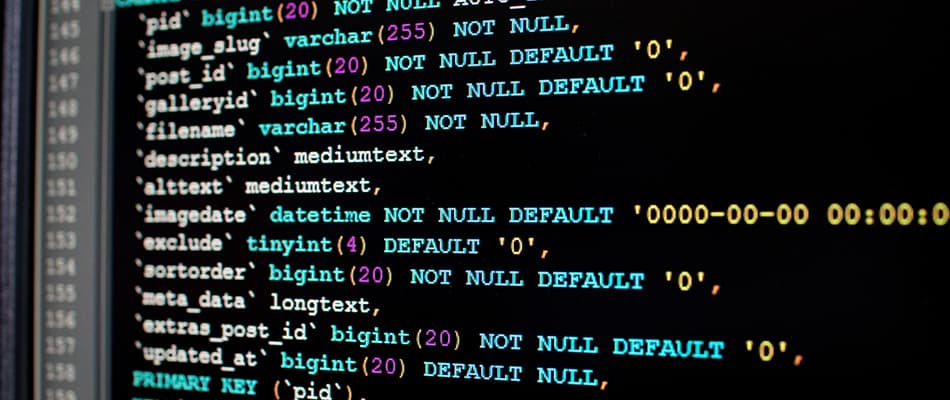What is CPM in Project Management? – Know Its Importance in A Project
Whether it is launching innovative products or managing large-scale construction projects, project management is the profession that makes things happen. It is the application of knowledge, skills, tools, and techniques to project activities in order to meet project requirements. It involves planning, organising, and executing the tasks necessary to transform a brilliant idea into a product or deliverable.
Now, do you know what is CPM in project management? It is an essential technique that will help you identify the longest sequence of dependent tasks necessary for project completion. CPM or Critical Path Method is important because it allows project managers to focus on critical tasks that could impact deadlines, ensuring that resources are allocated effectively. By highlighting task dependencies and durations, CPM enables better scheduling and risk management, ultimately leading to more efficient project execution and improved chances of meeting project objectives on time.
Read the article to learn more about “What is CPM in project management?”, its core components and importance.
What is CPM in Project Management?
The Critical Path Method (CPM), also known as Critical Path Analysis (CPA), is a project management technique used to identify essential tasks for project completion and understand scheduling flexibilities. It focuses on the longest sequence of activities that must be completed on time for the project to finish as scheduled. Any delays in these critical tasks will impact the entire project timeline. Developed in the late 1950s to address rising costs from inefficient scheduling, CPM helps project managers break down complex projects into manageable tasks, identify dependencies, and calculate durations. This method is widely used for planning and prioritising tasks, enabling better management of project timelines and resources.
Also, know what is a wbs in project management here
Core Components of CPM
The core components of the Critical Path Method (CPM) are important for effective project management. First, it includes identifying all project tasks and their durations. Second, it outlines the dependencies between tasks to understand their relationships. Finally, CPM determines the critical path, which highlights the longest sequence of tasks that must be completed on time to ensure the project finishes as scheduled. Learn more about these core components below:
- Critical Path: The critical path is the longest sequence of activities that determines the project completion date. Delays in any critical task will directly affect the overall project timeline. Identifying this path is essential for effective project management.
- Data Date: The data date marks the point from which the project schedule is calculated. As the project progresses, this date moves forward, showing actual work completed. Activities to the left of the data date are actual, while those to the right are predictions.
- Activity Duration: Each activity in a CPM schedule has a specified duration, indicating the time needed to complete it. This includes both the original and remaining durations. Tracking these helps project managers understand progress and adjust plans accordingly.
- Logic Relationships: Activities are linked through logic relationships that define their sequence. The main types are Finish-to-Start, Start-to-Start, Finish-to-Finish, and Start-to-Finish. These relationships ensure that tasks are completed in the correct order.
- Work Calendars: Work calendars outline the work schedule for the project, specifying workdays and hours. Different calendars can be used for various activities based on how often work occurs. This helps accurately reflect working conditions and constraints.
Know quality management in project management here
Importance of CPM in Projects
Critical Path Method (CPM) is important in project management because it helps identify the key tasks that must be completed on time. It shows which tasks depend on each other and which can be done simultaneously. This method is essential for keeping projects on track and finishing them successfully. Let us know the importance of CPM in the projects below:
- Better Communication: CPM schedules bring together input from all key team members, enhancing collaboration. The schedule reflects realistic timelines by involving architects, electricians, and construction managers. This collective expertise strengthens the project from the beginning.
- Simplified Prioritisation: Identifying the critical path helps project managers clarify which tasks are most important. Tasks on the critical path have zero float, meaning any delay will affect the project’s completion. Understanding float allows teams to prioritise effectively, focusing on high-priority tasks.
- Increased Scheduling Accuracy: CPM improves the accuracy of project schedules by providing a structured approach. Many managers use it alongside PERT to estimate total project duration, combining predictability with considerations for uncertainties. This dual approach helps create more reliable project forecasts.
- Improved Risk Detection: Critical path schedules clarify the relationships between dependent tasks. This visibility allows project managers to predict delays and their potential impacts on the project. By understanding these dependencies, teams can proactively address risks before they escalate.
- Greater Flexibility: When plans change, CPM enables project managers to quickly adjust schedules. Software tools can model various adjustments and their effects on the timeline. This flexibility helps teams select the best options for staying on track.
- Visual Clarity: CPM network diagrams and Gantt charts clearly represent project timelines. These visual tools help project managers and team members grasp progress at a glance. A more intuitive understanding of the project trajectory aids in effective decision-making.
- Boosted Accountability: CPM promotes accountability among team members with clearly defined tasks and timelines. Each person understands their responsibilities and deadlines, fostering a sense of ownership. This accountability contributes to overall project success and timely completion.
Learn about project deliverables in project management here
Learn Project Management with Digital Regenesys
To learn more about what is CPM in a project plan and its core components, consider enrolling in an online course. Digital Regenesys offers a project management course that covers these essential topics in depth. This course will improve your understanding of critical path management, equipping you with practical skills to effectively manage projects. Let us know more benefits of this course:
- Learn essential project management skills.
- Gain hands-on experience with tools.
- Understand project planning techniques.
- Improve team leadership abilities.
- Learn time management strategies.
- Learn to monitor project progress.
- Develop quality management knowledge.
- Gain insights into risk management.
- Learn effective communication methods.
- Understand change management processes.
- Acquire knowledge of international project management.
- Obtain a globally recognised certificate.
- Boost career prospects in various industries.
- Access career counselling and support.
In conclusion, the Critical Path Method (CPM) is a technique in project management that enables teams to plan and execute their projects effectively. By identifying key tasks and their dependencies, CPM helps ensure timely completion while optimising resource allocation. Enroling in a course like the one offered by Digital Regenesys can provide valuable skills and knowledge for those looking to upscale their understanding of CPM and project management. Enrol in the Digital Regenesys project management course today and learn What is CPM in project management.
FAQs on What is CPM in Project Management
Why is CPM important for projects?
CPM helps project managers focus on critical tasks, ensuring timely completion and efficient resource allocation.
What is CPM in project management?
CPM, or Critical Path Method, is a technique used to identify the longest sequence of dependent tasks necessary for project completion.
What are the core components of CPM?
Core components include the critical path, activity duration, logic relationships, data date, and work calendars.
How does CPM improve communication?
CPM schedules involve input from all key team members, fostering collaboration and creating realistic timelines.
What does it mean for tasks to have zero float in CPM?
Tasks on the critical path have zero float, meaning any delay will directly impact the project’s completion date.
How does CPM enhance risk detection?
By clarifying dependencies between tasks, CPM allows project managers to anticipate potential delays and mitigate risks proactively.
Recommended Posts













